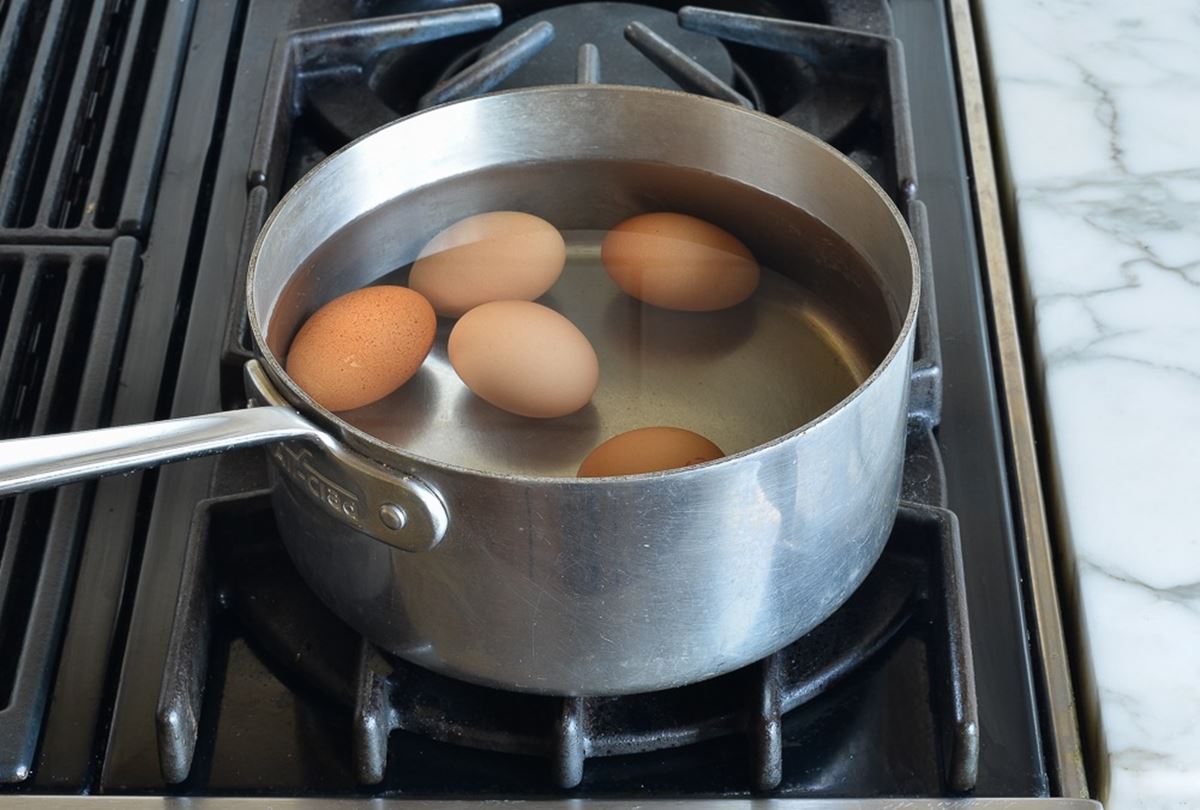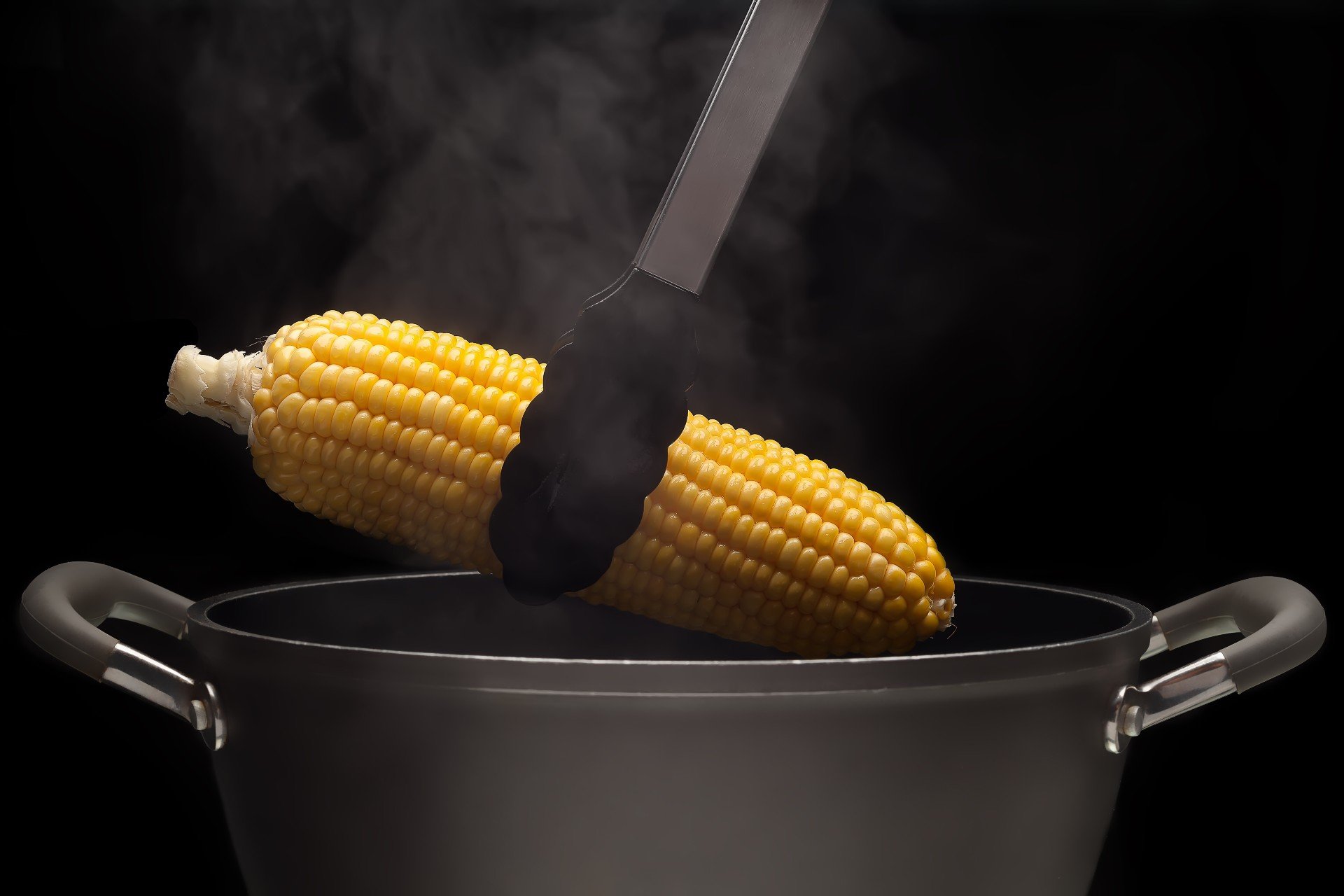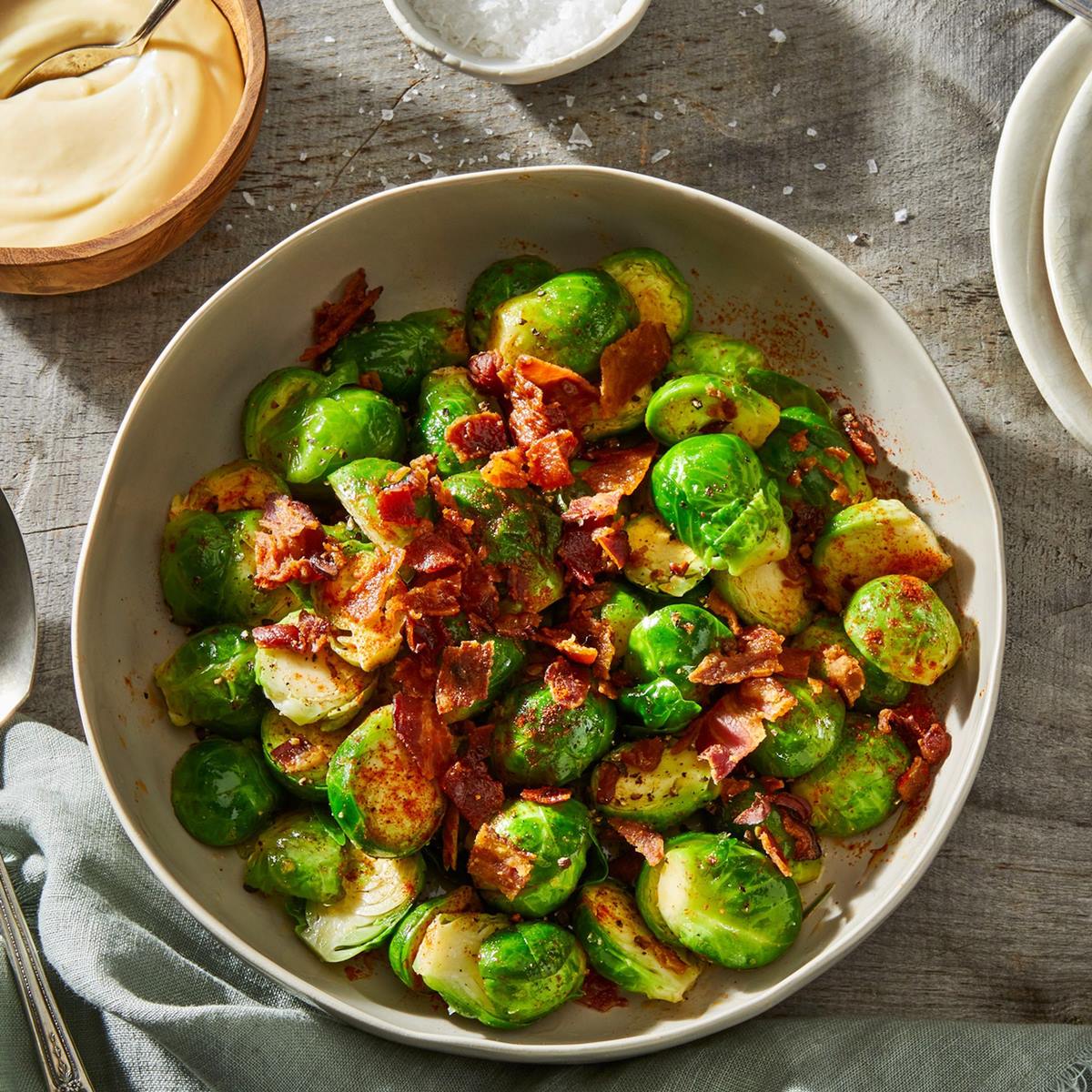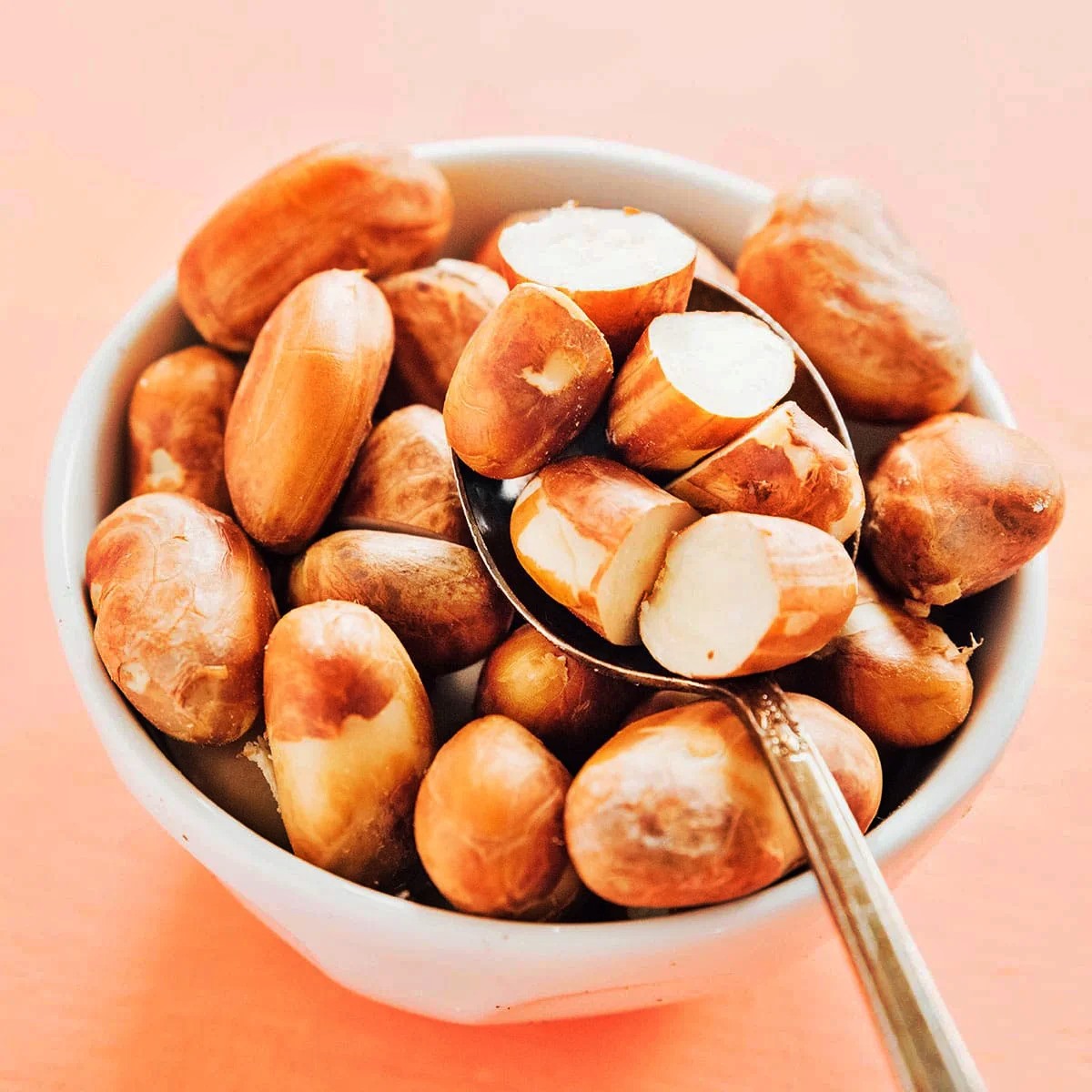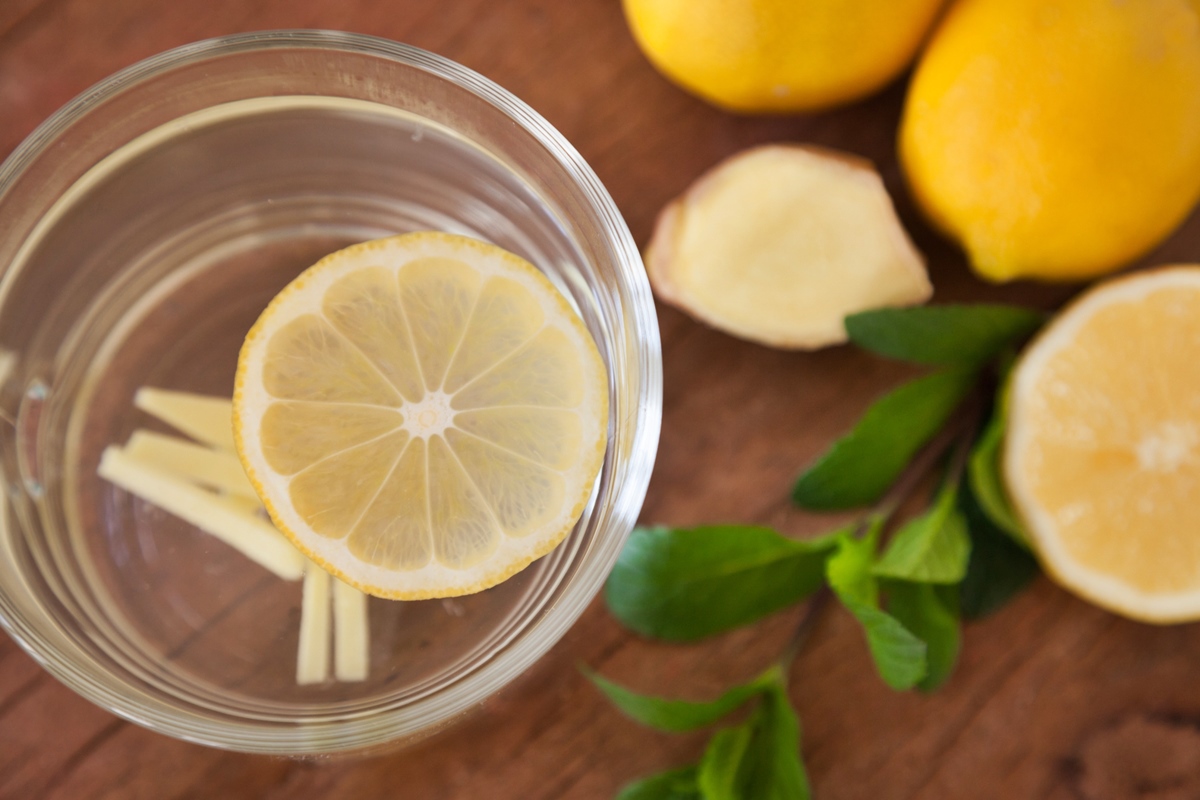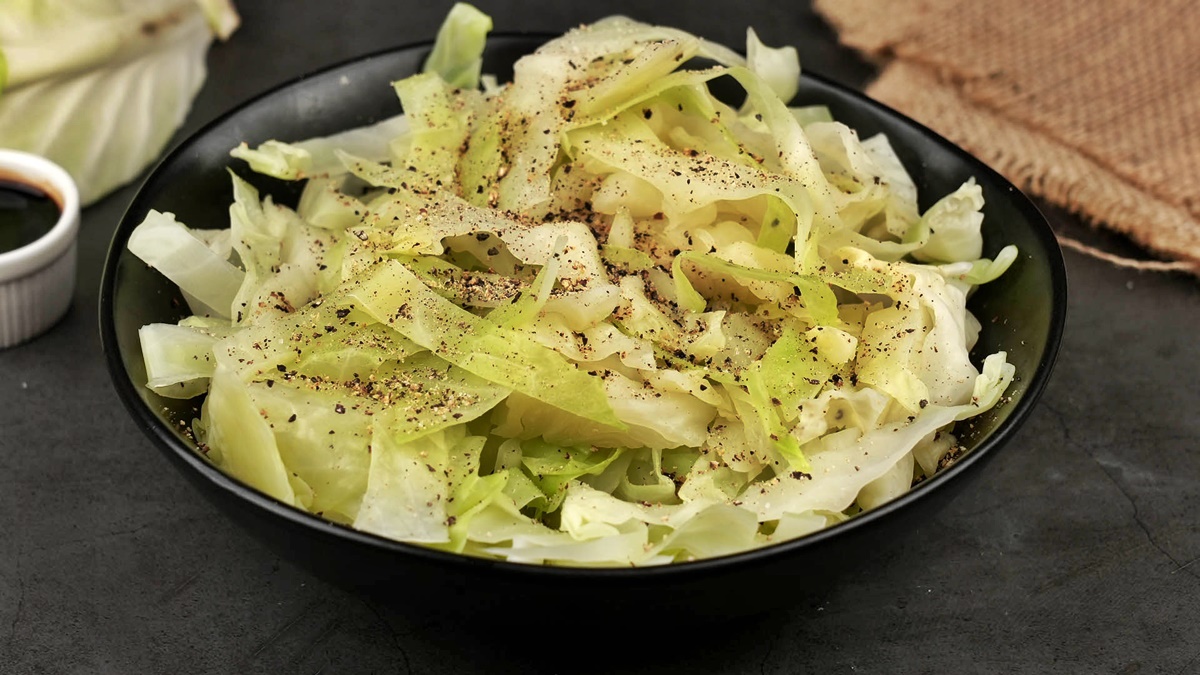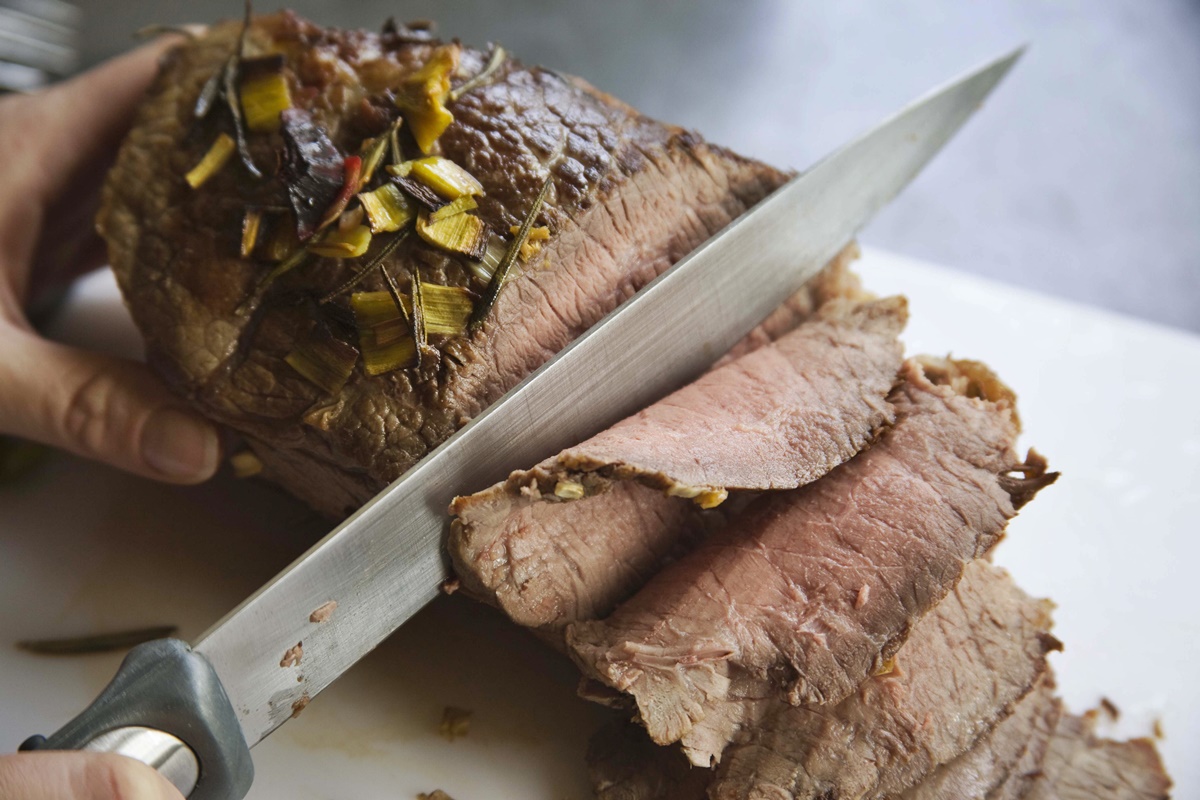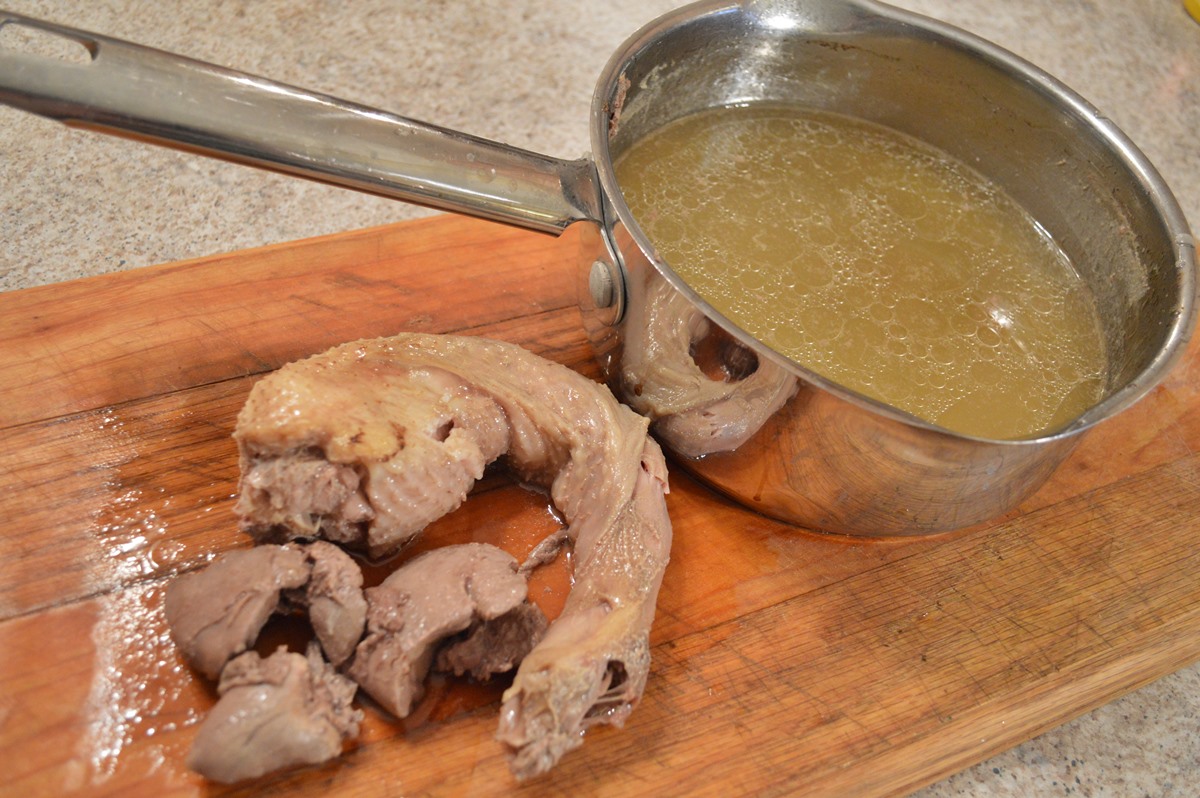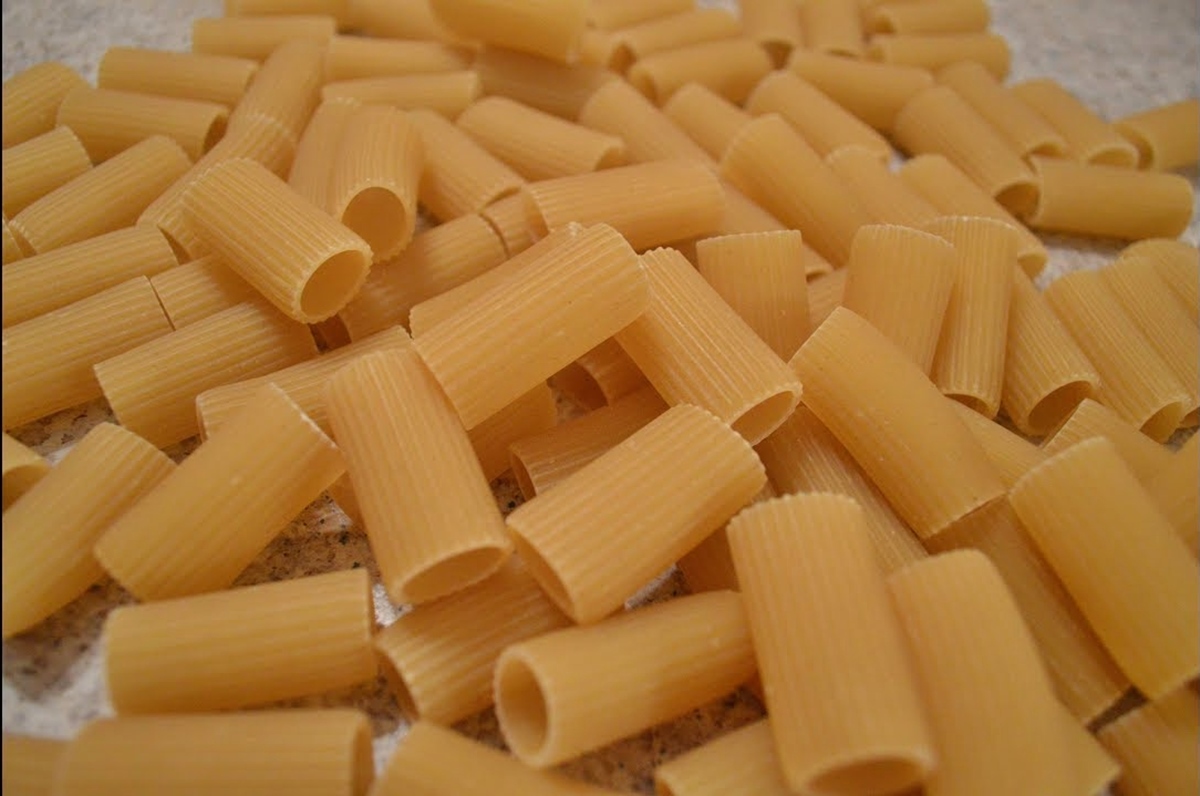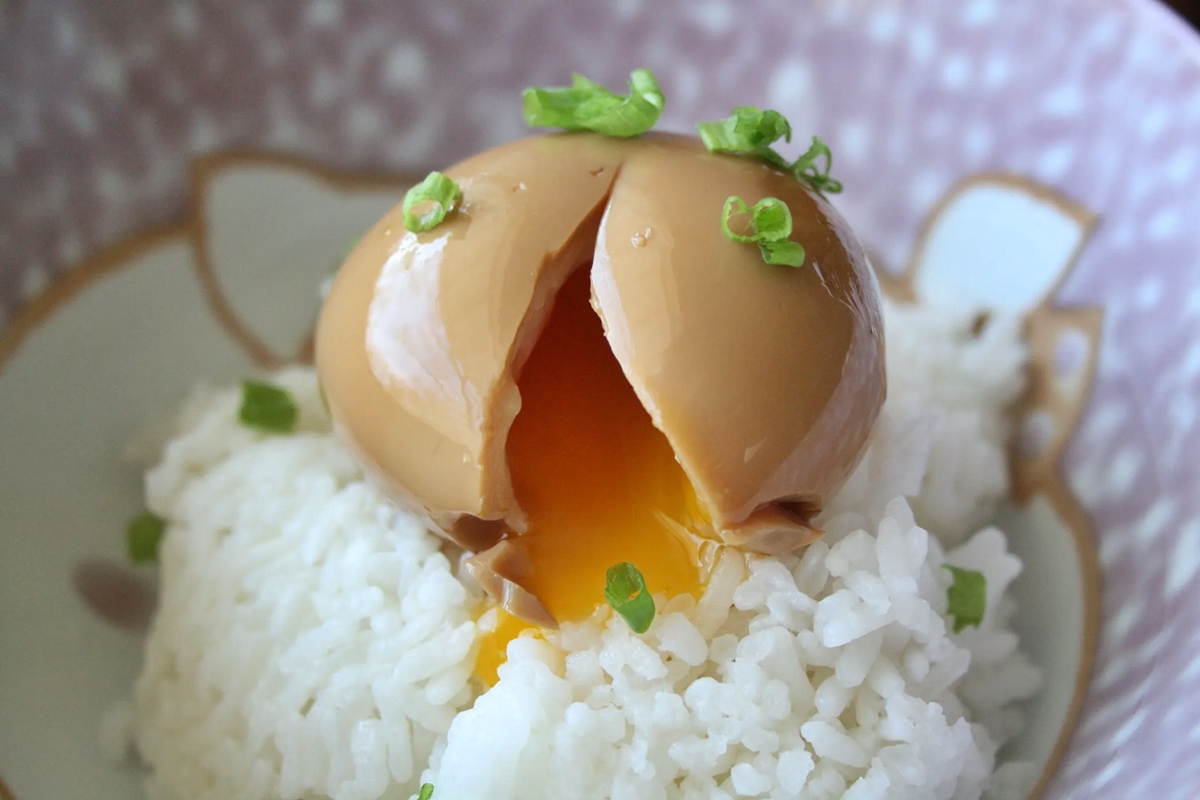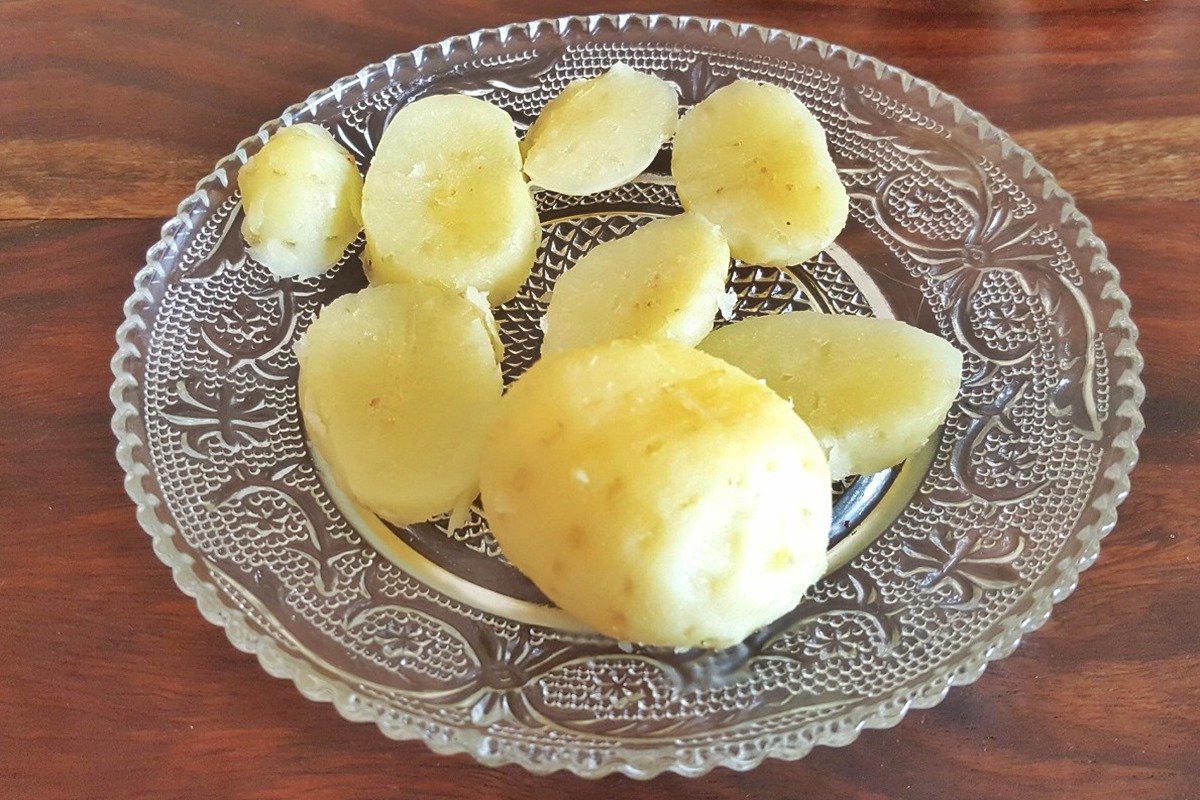Boiling squash on the stove is a simple, yet effective way to prepare this versatile vegetable. Whether you're aiming for a soft texture for mashing or slightly firmer for salads, mastering the boiling technique is key. Squash, rich in vitamins and minerals, offers a nutritious addition to any meal. This guide will walk you through selecting the right type of squash, preparing it for boiling, and finding the perfect cooking time. With just a pot, water, and a pinch of salt, you'll unlock the natural sweetness and tender texture of squash, making it a delightful side dish or main component in your culinary creations.
Gather Your Ingredients
- Fresh squash, sliced
- Water
- Salt
Essential Tools for Boiling Squash
- Pot or Large Saucepan
- Knife
- Cutting Board
- Vegetable Peeler (optional, depending on preference for peeled squash)
- Slotted Spoon
- Colander
Boiling squash on the stove is simple. Cut into pieces, immerse in water, bring to a boil, and simmer until tender. Drain well before using or serving for best results.
The Benefits of Boiling Squash
Boiling squash on the stove is a simple, efficient method to prepare this versatile vegetable, making it tender and ready for further culinary use. This technique softens squash, enhancing its natural sweetness, and provides a nutritious addition to meals with minimal effort.
Opting for stove-top boiling preserves essential nutrients and flavors, offering a healthier alternative to frying. Quick and accessible, this method suits busy schedules, ensuring a wholesome component for any dish.
Your Step-by-Step Guide to Perfectly Boiled Squash
How To Boil Squash On The Stove
-
Select Your Squash: Choose fresh squash. Summer varieties like zucchini or yellow squash are perfect for boiling due to their tender flesh.
-
Wash Thoroughly: Rinse your squash under cold water to remove any dirt or debris.
-
Prepare the Squash: Cut off both ends of the squash. If using larger squash, peel them. Then, chop into even pieces to ensure uniform cooking.
-
Fill a Pot with Water: Use a large pot and fill it about halfway with water. This provides enough room for the squash to be submerged.
-
Add Salt: Sprinkle a teaspoon of salt into the water. This step is optional but can enhance the squash's flavor.
-
Bring Water to a Boil: Place the pot on the stove and turn the heat to high. Wait until the water reaches a rolling boil.
-
Add Squash to Boiling Water: Carefully place the squash pieces into the boiling water. Use a spoon to avoid splashing.
-
Reduce Heat and Simmer: Once the squash is in the water, reduce the heat to medium. Allow it to simmer until the pieces are tender.
-
Check Doneness: Test a piece of squash with a fork. If it pierces easily, it's done. This usually takes between 7 to 10 minutes, depending on the size of the pieces.
-
Drain the Squash: Once tender, use a colander to drain the squash. Be careful of the steam.
-
Serve Immediately: Enjoy your boiled squash while it's still warm. You can add seasonings like butter, herbs, or spices to enhance its flavor.
Mastering the Simplicity of Boiled Squash
Boiling squash on the stove is a straightforward process that brings out the vegetable's natural sweetness and soft texture. Remember, choosing fresh squash, cutting it into even pieces, and boiling it just right are key steps to achieving the perfect dish. Whether you're aiming for a healthy side or a base for a more complex recipe, boiled squash offers versatility and nutrition. Experiment with different seasonings or serve it plain to appreciate its inherent flavors. As you master this basic cooking technique, you'll find that boiled squash can be a delightful addition to your culinary repertoire. So, next time you're in the kitchen, give this method a try and enjoy the wholesome goodness of perfectly boiled squash.
Explore More Delicious Squash Recipes
Now that you've mastered boiling squash on the stove, why not further refine your cooking skills with a variety of delicious recipes? From hearty soups to innovative main dishes, these recipes are perfect for putting your new skills to the test. Highly recommended is the Creamy Butternut Squash Soup Guide for its velvety texture and rich flavors, ideal for chilly evenings. For those looking for a more robust dish, the Butternut Squash and Spinach Lasagna Guide offers a comforting and nutritious twist on a classic. If you're aiming for something lighter, the Roasted Squash Salad Guide balances sweetness and tang with its delightful mix of ingredients. Each recipe provides a fantastic way to use boiled squash, enhancing your meals with both nutrition and taste.
All Your Questions Answered
How long does it take to boil squash on the stove?
Boiling squash typically takes about 15-20 minutes. You'll know it's done when you can easily pierce it with a fork. Keep an eye on the pot, as cooking times can vary depending on the size and type of squash.
What type of squash is best for boiling?
Almost any kind of squash can be boiled, but butternut and acorn squash are particularly good choices. They have a sweet, nutty flavor that becomes even more pronounced when boiled.
Do I need to peel squash before boiling?
Not necessarily. For softer varieties like butternut, peeling beforehand makes it easier to eat after cooking. However, for types with tougher skins, like acorn, you might find it easier to boil first and then peel.
Can I add flavors while boiling squash?
Absolutely! Tossing in herbs like thyme or rosemary, or even a clove of garlic, can infuse the squash with delightful flavors. Just remember to remove any large items before serving.
How much water should I use to boil squash?
Fill your pot so the squash is completely submerged. This ensures even cooking. If you're only boiling a small amount, just make sure there's enough water to cover the pieces by at least an inch.
Is boiling the best way to cook squash?
Boiling is a quick and easy method, especially for making soups or purees. However, roasting or sautizing can bring out a richer flavor in the squash. It really depends on your taste and how you plan to use it.
How do I store leftover boiled squash?
Keep any leftovers in an airtight container in the refrigerator. Properly stored, boiled squash will last for 3-5 days. You can also freeze it for longer storage.
Was this page helpful?
Read Next: How To Boil Veggies
